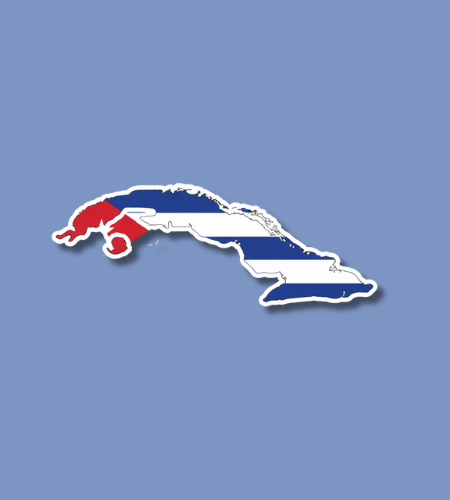Every year on October 10, Cuba observes Cuba Independence Day (Día de la Independencia), commemorating the start of the island’s long struggle for liberation from Spanish colonial rule.
Table of Contents
History of Cuba’s Independence Movement
The story begins with the Grito de Yara on October 10, 1868, when Carlos Manuel de Céspedes proclaimed Cuba’s independence and freed his slaves, sparking the Ten Years’ War between Cuban insurgents and Spanish colonial forces. That conflict, lasting from 1868 to 1878, laid the groundwork for later struggles—even though it ended without full liberation under the Pact of Zanjón.
Later, a renewed push for independence culminated in the Cuban War of Independence (1895–1898), in which figures like José Martí, Máximo Gómez, and Antonio Maceo played key roles. With the Spanish defeat in 1898 following U.S. intervention, Cuba passed under American occupation, until sovereignty was formally transferred to Cuba on May 20, 1902.
Because of this layered history, Cuba now recognizes October 10 as the day that symbolizes the beginning of Cuban national assertion against colonial rule, rather than the formal legal independence.
Why this day matters
Cuba Independence Day is important not simply because it celebrates a past battle, but because it embodies the Cuban people’s enduring spirit and commitment to self-determination. The remembrance of October 10 calls attention to the courage of earlier generations who refused to accept oppression, and to the long arc of struggle that followed. It reminds contemporary Cubans—and friends of Cuba everywhere—that sovereignty is won, often gradually, through persistence, sacrifice, and solidarity.
Also, by choosing October 10 as the national holiday, Cuba affirms that true independence is not just legal pronouncement, but the inception of a people’s will to shape their future. It is a day for reflection on national identity, collective memory, and the way history is chosen and commemorated.
- It honors the bold action of the Grito de Yara and its symbolic beginning of resistance
- It keeps alive the stories of lives lived and lost in struggle
- It ties present Cuban identity to historical roots
- It invites reflection on what independence means in practice
- It helps unify Cubans, both within the island and in diaspora, around shared history
How to Observe Cuba Independence Day
In Cuba, the day is marked with patriotic events: parades, cultural performances, public speeches, flag raising, and exhibitions celebrating national heroes and history. In many Cuban communities worldwide, Cubans abroad might host gatherings, dinners, or cultural showcases featuring Cuban music, dance, poetry, and cuisine.
If you want to observe this day from afar: learn about Cuban history, read or share stories of independence heroes, host a themed cultural evening (music, film, food), or support Cuban-related cultural or educational institutions. You can also reflect on how struggles for independence in other nations resonate with Cuba’s path.
- attend or host a Cuban cultural event
- share history and stories about Cuban independence
- fly or display the Cuban flag (if appropriate)
- listen to Cuban music, watch Cuban films or read Cuban literature
- support Cuban diaspora groups or cultural institutions
Cuba Independence Day Dates Table
| Year | Date | Day |
|---|---|---|
| 2025 | October 10 | Friday |
| 2026 | October 10 | Saturday |
| 2027 | October 10 | Sunday |
| 2028 | October 10 | Tuesday |
| 2029 | October 10 | Wednesday |
Subscribe to our newsletter and never miss a holiday again!

